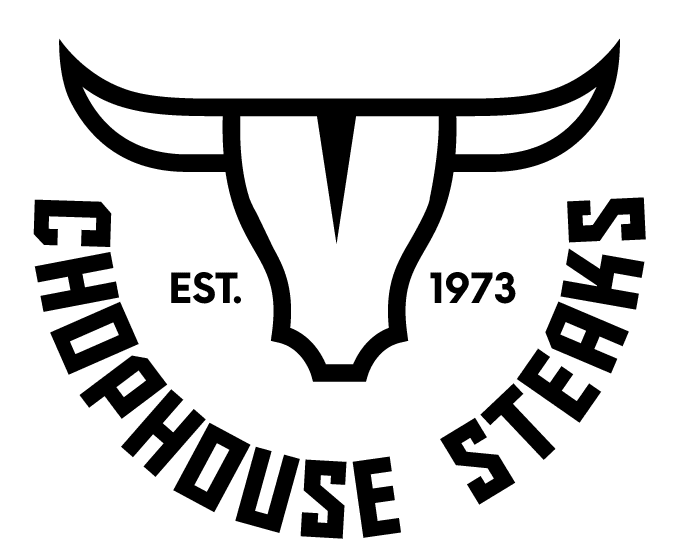With so many different types of steak to choose from, how do you decide what to cook or how to cook it? Even ordering from a menu can be tricky because most cuts have something great to offer depending on what it is that you like.
If all the different cuts confuse you when deciding what to cook, this guide will help. Read here to learn all about the different cuts of steak.
All meat consists of muscle, connective tissue, and fat. What you see in a piece of meat is soft, dense muscle – basically, a collection of protein fibers. Connective tissue is what we call ligaments, tendons, and the collagen membranes that hold the muscle fibers together. Fat appears in layers over the muscles and also as fine ‘marbling’ between muscle fibers. It is the finely marbled fats that enhance the meat’s tenderness when it melts adding succulence and flavor to your piece of meat. Knowing how much connective tissue the cut of meat contains, and how much exercise the muscle received will let you know how it should be prepared and cooked.
Loin, Short Loin, Strip Loin Cuts
Short loin is a cut of beef that comes from the back of the cow. It includes the top loin and the tenderloin, a cut that gives us porterhouse, strip steak, and T-bone.
Sirloin Cuts
The Sirloin gives us Top Sirloin Butt (great steaks for grilling) and Bottom Sirloin Butt (provides cuts like Tri-Tip and Sirloin Bavette; great for roasting or grilling). You will find some great steak cuts in this section of the steer.
Rib Cuts
Beef ribs have grown in popularity in the barbecue world lately. Some people refer to them as “brisket on a stick”. Some beef rib cuts have a generous amount of meat on each bone. A steer (cow) has 13 ribs down each side, covering a lot of space on the animal. Depending on where your ribs are cut from affects the taste, texture, and best method of cooking.
Essentially there are short ribs and back ribs; they are quite different from each other, but both can be tender and delicious if cooked properly.
Chuck Cuts
Chuck meat comes from the neck and shoulder, meaning that the muscle has worked hard. This results in a tougher meat. It is very flavorful and can be cooked in a multitude of ways. Chuck roast is great for braising and shreds well for hamburger. Flat Iron is the second most tender chuck cut with fine marbling to add to its juiciness. Take a look at other chuck cuts which are affordable and mouth-watering when done low and slow.
Brisket Cuts
There are two briskets on the steer, found at the breast or lower chest of the animal just below the chuck (shoulder). These are hard-working and load-bearing muscles with a lot of connective tissue so the correct cooking method is essential to make it tender. Smoking a brisket on low, indirect heat makes it very beautifully tender.
Round Cuts
The round beef cut is from the steer’s hind legs, thigh, butt, and hams, which are the animal’s largest muscles. It is a lean and less expensive beef cut, providing some of the best value for family meals.
Plate and Flank Cuts
The plate and flank sections come from the steer’s underside and are of medium toughness. They should be marinated and sliced against the grain for a softer texture.
Chophouse Steaks has spent almost 50 years sourcing premium beef and carving it. For a memorable dining experience, order different types of steaks online and enjoy them at home.

